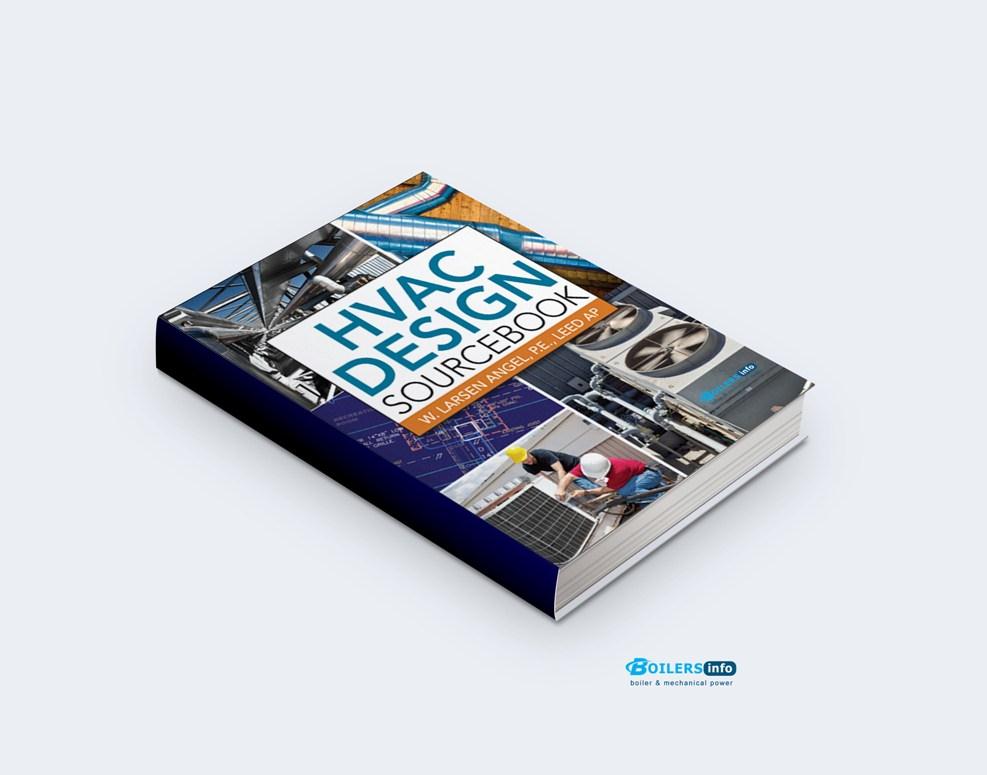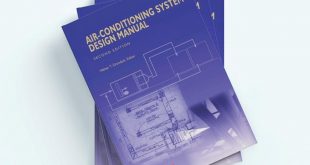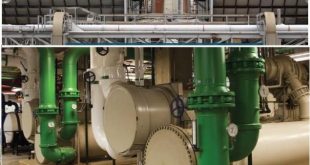HVAC Design Sourcebook: A Comprehensive Guide for Engineers and Designers
Heating, Ventilation, and Air Conditioning (HVAC) systems are critical components of residential, commercial, and industrial infrastructure. An efficient HVAC design not only ensures occupant comfort but also plays a vital role in energy conservation and indoor air quality. The HVAC Design Sourcebook serves as an essential reference for engineers, architects, designers, and facility managers aiming to create reliable and sustainable HVAC solutions.

What is the HVAC Design Sourcebook?
The HVAC Design Sourcebook is a detailed, practical guide that consolidates design strategies, industry standards, and real-world applications in HVAC engineering. It covers both fundamental and advanced topics, helping professionals at all levels—from beginners to seasoned experts—make informed design decisions.
Key Areas Covered
- System Selection and Sizing
- Guidelines for choosing between split systems, packaged units, chilled water systems, VRF/VRV, and more.
- Load calculations using Manual J (residential) and Manual N (commercial) methodologies.
- Importance of climate zones and building occupancy patterns.
- Ductwork and Air Distribution
- Designing efficient duct systems using equal friction, static regain, and velocity reduction methods.
- Noise control strategies and duct insulation techniques.
- Proper placement of supply and return vents for optimal air circulation.
- Energy Efficiency and Sustainability
- Use of high-efficiency equipment and variable-speed drives (VFDs).
- Integration of building automation systems (BAS).
- LEED and ASHRAE compliance for sustainable building certifications.
- Ventilation and Indoor Air Quality
- Application of ASHRAE Standard 62.1 for ventilation requirements.
- Strategies for filtration, air purification, and humidity control.
- Fresh air intake and exhaust design best practices.
- Textbook of Refrigeration and Air Conditioning
- Controls and Automation
- Smart thermostats, zoning systems, and occupancy sensors.
- BMS/BAS integration for centralized monitoring and control.
- Fault detection, diagnostics, and predictive maintenance.
- Codes and Standards
- Understanding and applying key standards such as ASHRAE, SMACNA, and NFPA.
- Local building codes and international mechanical codes (IMC).
- Fire safety and smoke control considerations in HVAC design.
Benefits of Using the HVAC Design Sourcebook
- Practical Tools: Charts, diagrams, and example calculations streamline the design process.
- Time-Saving: Quick-reference tables help select equipment and layout designs efficiently.
- Consistency: Promotes uniform design standards across projects and teams.
- Innovation: Introduces new technologies like geothermal, solar-assisted HVAC, and advanced heat recovery systems.
Final Thoughts & 📚⬇️
Whether you’re working on a hospital, school, high-rise building, or industrial plant, the HVAC Design Sourcebook is your go-to manual for designing systems that meet today’s demands for energy efficiency, sustainability, and performance. By leveraging the knowledge and tools it offers, engineers can deliver HVAC solutions that are not only functional but also future-ready.
 Boilersinfo Boiler and Mechanical Power Digital Library
Boilersinfo Boiler and Mechanical Power Digital Library





